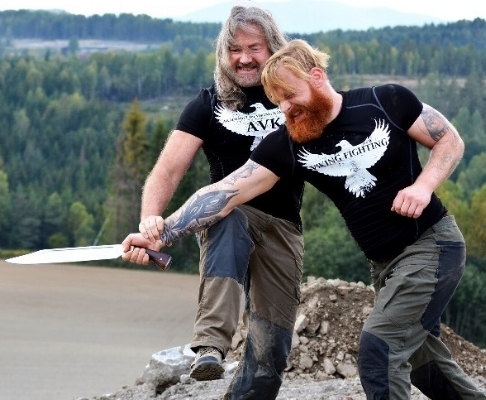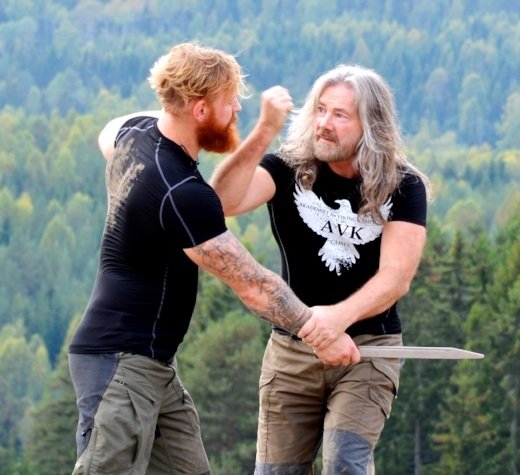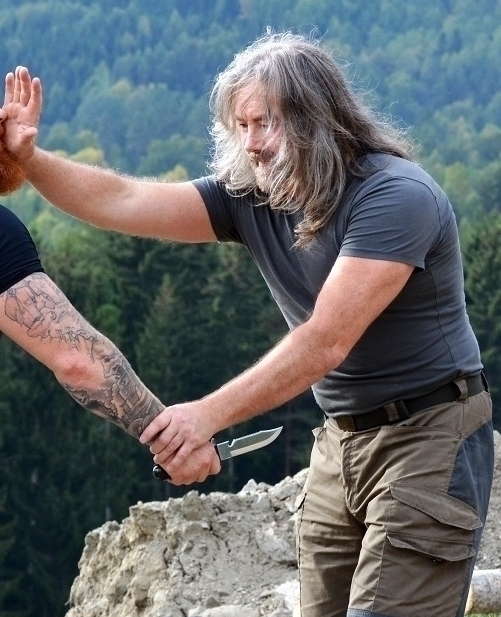Combat Laustak was developed by Viking warriors who had to survive attacks from all kinds of weapons.
It’s a no-nonsense way of fighting that has no unnecessary movements, and has been tried and tested in life and death situations, in single combat and on the battlefield.
In order to survive, Vikings developed a tough and brutal martial art system that could deal with any situation they came across. These armed and unarmed Viking battlefeild wrestling techniques were codified into a system called Lousatök in Old Norse, meaning Loose-grip/Free-grip, which includes striking, grappling, throwing, wrestling, and pain techniques.
Training in combat Laustak develops balance, strength, reflexes, speed, co-ordination, endurance and courage, the perfect foundation Viking warriors needed to survive in battle.
Combat Laustak promotes strength with flexibility and speed, which describes how these techniques are meant to be performed.
In order to have a structured form of unarmed combatives against weapons, the Vikings had to know how to use a variety of weapons, such as sword, axe, spear, seax, stick and knife.
Through combat Laustak, Vikings became experts in axe fighting, knife fighting, stick fighting, spear fighting and sword fighting.












